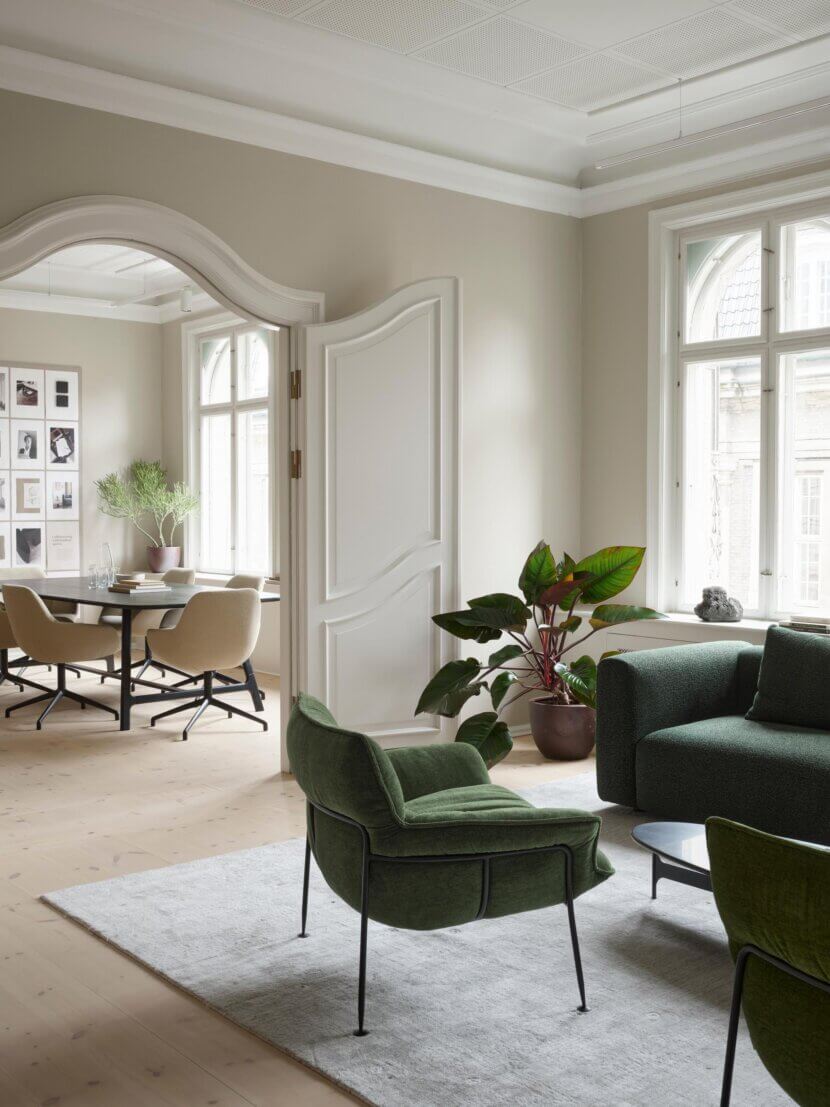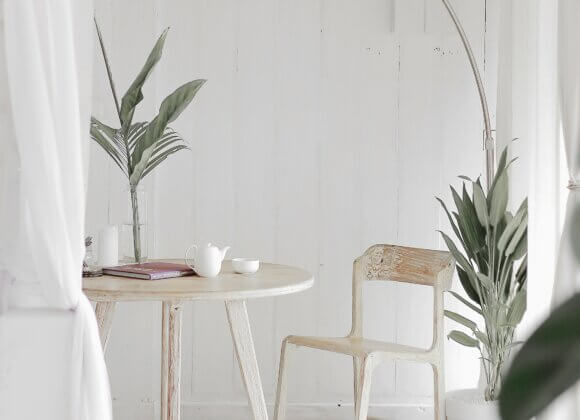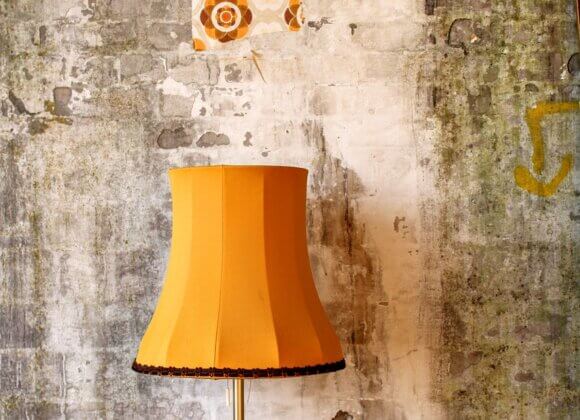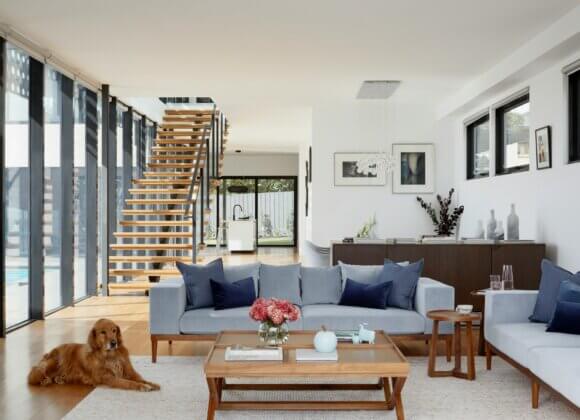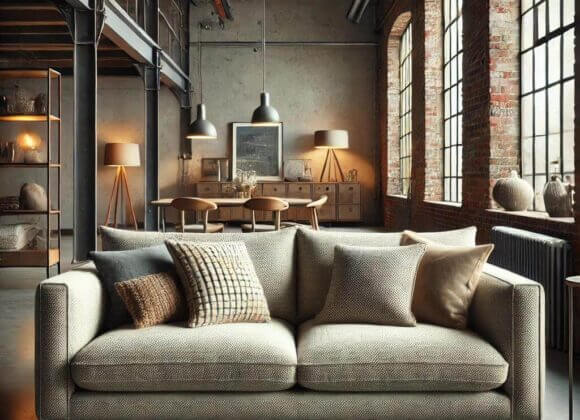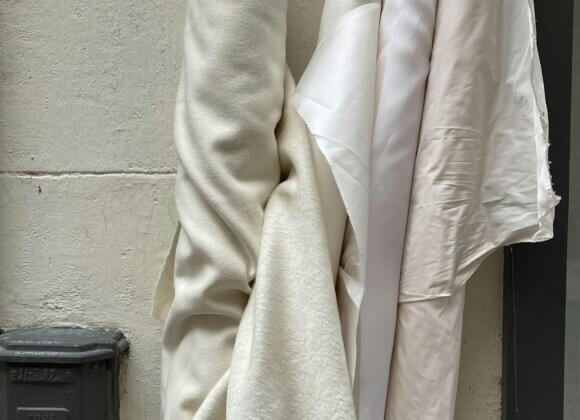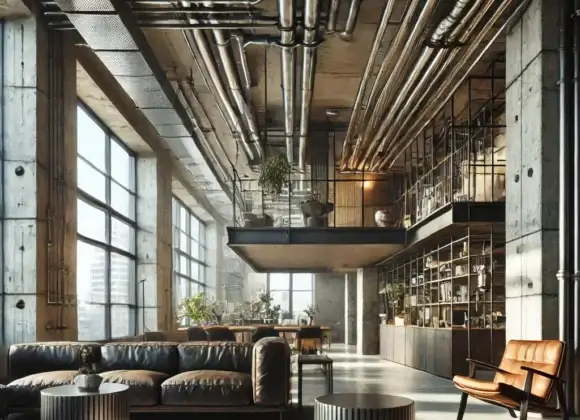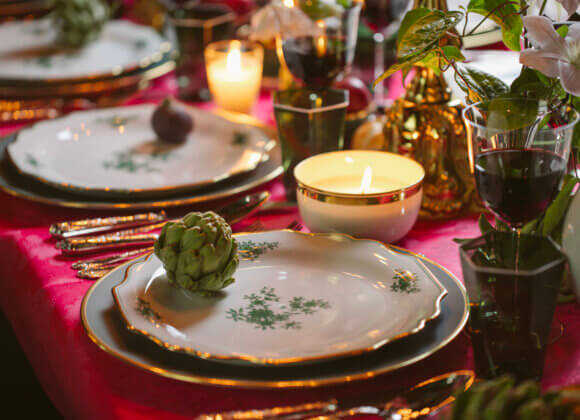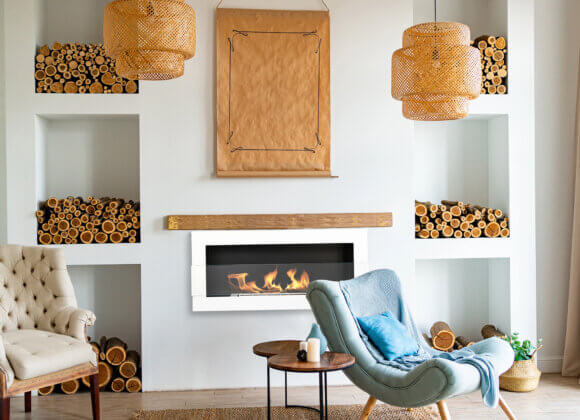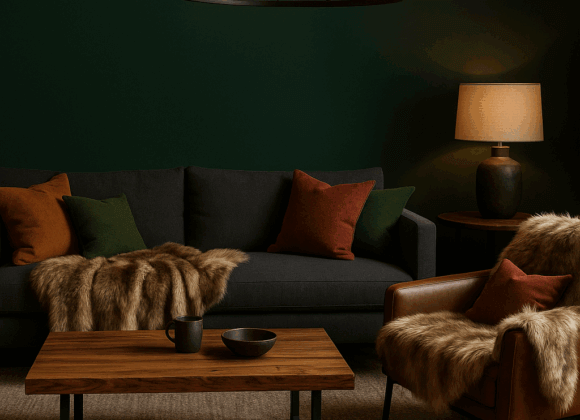It’s not just since “IKEA” that everyone has had an idea of Scandinavian design. However, the roots of this style go back much further – to the 1930s, when designers such as Alvar Aalto and Arne Jacobsen began to combine clean lines, functionality and natural materials.
The style experienced its heyday in the 1950s, when it became known worldwide through the “Scandinavian Design” exhibitions. Influenced by the Nordic landscape and living conditions – long winters, little light – Scandinavian design focuses on timeless aesthetics, practicality and a sense of well-being in everyday life. Whether furniture, textiles or architecture: to this day, this style stands for simple elegance and a harmonious combination of form and function.
Sofia Vrecar, interior designer and owner of the “Daunenspiel” furniture store in 1030 Vienna, is an expert in Scandi design and has had furniture from the far north in her portfolio since the very beginning. “This style really caught on three years ago when I took a trip to the “Three Days of Design” trade fair in Copenhagen. I discovered many brands there that inspired me.”
In this interview, she explains why Scandinavian furniture is more than just a trend, its historical roots and how it can be harmoniously combined with other furnishing styles.
Ms. Vrecar, can you briefly explain what Scandinavian design is and how it differs from other styles?
Scandinavian design is characterized by functional simplicity. The Scandinavians attach great importance to the fact that their furniture is above all practical and durable. Design is always at the service of function. However, this does not mean that they are visually boring – on the contrary. The clear, simple aesthetic is what makes Scandinavian furniture so appealing. There are no unnecessary frills; the design lies in its simplicity.
Where did this style come from and did Ikea help to popularize it?
The origins of Scandinavian design lie in the work of renowned designers from the 18th and 19th centuries. In Denmark, Sweden and Norway, furniture was already being created back then that was characterized by anatomical shapes – it adapted to the human body and was functional. Many of these designs are experiencing a revival today and are being interpreted in a modern way so that this architecture is not lost. Ikea has certainly helped to popularize the style worldwide. But Ikea should not be confused with Scandinavian design itself. While Ikea focuses on mass production, authentic Scandinavian brands focus on values such as durability and naturalness.
That brings us to the next point: what values and principles define the Scandinavian style?
The philosophy “form follows function” is a core principle. It is about furniture that not only looks good, but is also practical and durable. Natural materials such as wood play a central role, as does the accessibility of the design. Scandinavian design should be understandable and usable for everyone. Sustainability is also a great value – the connection to nature is reflected in the use of solid wood, primarily oak.
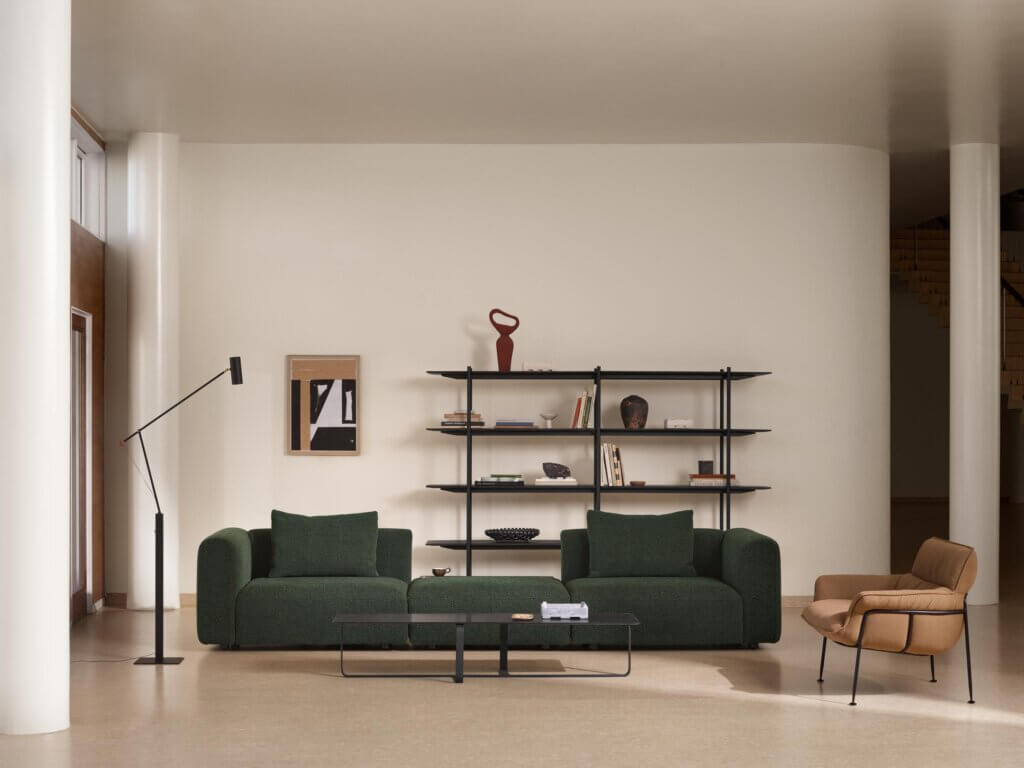
Why is wood so central to this style?
Wood gives rooms warmth and naturalness. Scandinavian furniture relies on light-colored woods such as oak, often in new variants such as charred or modified oak. These materials are not only aesthetically pleasing, but also sustainable and durable. This distinguishes them from Italian designs, for example, which often work with ceramic or lacquer.
How has Scandinavian design developed in recent years?
The style has remained minimalist and timeless. What has changed are the materials and the interpretations of classic designs. Many brands take up historical forms and rework them for modern times. These revivals show that the Scandinavian style is aware of its roots but remains innovative at the same time.
How well can Scandinavian design be combined with other styles?
Very good! The simple and harmonious aesthetics make the furniture extremely versatile. They can easily be combined with more striking styles, such as a pompous sofa, to balance out a room. This is one of the biggest advantages of this style: it brings calm and clarity to any interior and blends in without imposing itself.
And what about the future?
I believe the style will retain its minimalist core. There are always revivals of old designs, but the basic principles – simplicity, functionality and naturalness – will remain. It is an attitude to life that is closely linked to the culture and environment in the north. This will also be reflected in future designs.
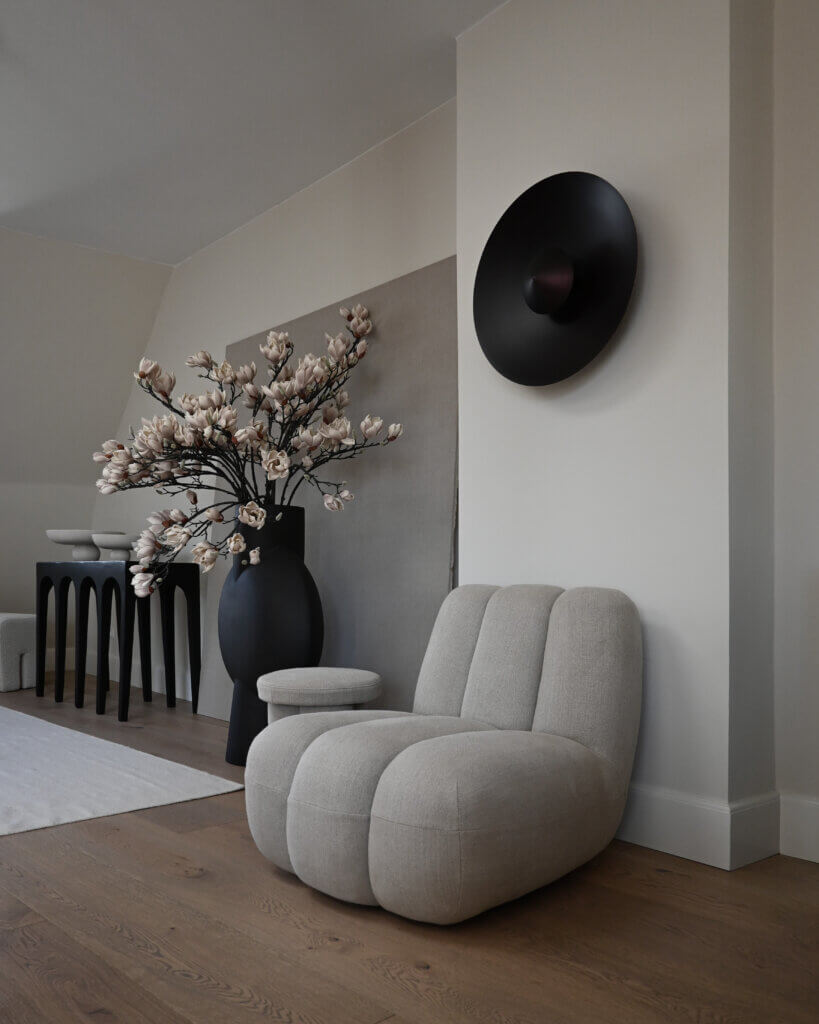

As a creative mind with a pronounced love of high-quality materials and designs, Daunenspiel founder and interior designer Sofia Vrecar translates design possibilities into suitable colors, shapes and furniture. As host in her own showroom, the native of Lower Austria with 20 years of professional experience in retail management has been inspiring people with designer furniture, favorite brands and the benefits of conscious consumption since 2016.
Photos: Wendelbo and 101 Copenhagen
Related posts:
Industrial chic: How to bring a loft atmosphere into your home


